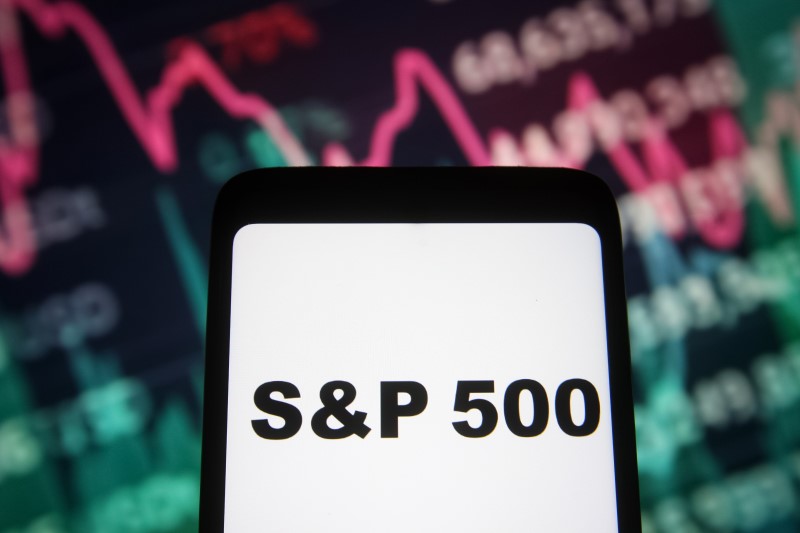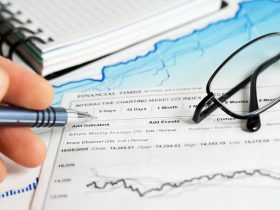Federal Reserve Chair Jerome Powell, speaking at the Economic Club of New York on Thursday, emphasized a cautious approach to monetary policy, indicating that the central bank is ready to raise interest rates if economic growth continues unabated. Noting the potential impact of rising long-term bond yields on policy decisions, Powell outlined how the Fed is considering additional policy firming and restrictive policy duration based on incoming data, evolving outlook, and risk balance.
Powell’s comments reinforced market expectations for the Federal Open Market Committee (FOMC) to maintain steady interest rates for a second consecutive meeting. This pause marks a temporary halt in their 19-month campaign to control inflation. The announcement led to a drop in yields on 2- and 10-year Treasuries, depreciation of the dollar against major currencies, and an uplift in the .
Last month, officials maintained the policy rate between 5.25% and 5.5%. Forecasts indicate that 12 of 19 officials favored another hike this year. Despite this pause, Powell acknowledged the possibility of further tightening due to resilient economic growth and labor demand. He suggested that evidence of persistently above-trend growth or labor market tightness could jeopardize inflation progress and necessitate further monetary policy tightening.
Core inflation, excluding volatile food and energy prices, has decelerated to below 4% annually and below 3% on a three-month annualized measure. Yet, recent U.S. economic data showed strong retail sales and industrial production in September, with nonfarm payroll gains averaging 266,000 over the past three months.
Powell reiterated the FOMC’s commitment to achieving a restrictive enough policy stance to sustainably reduce inflation to 2% over time. However, he cautioned about short-term measures’ volatility and asserted that inflation is still too high. He also indicated that the Fed’s rate hikes have had a significant impact on the economy, suggesting that further tightening may be forthcoming.
Noting “highly elevated” geopolitical risks, including the recent attack on Israel, Powell acknowledged potential impacts on the global economy. He also noted signs of labor market cooling and suggested that achieving sustainable 2% inflation may necessitate below-trend growth and further labor market softening.
The pace of Powell’s tightening campaign has been the fastest since former Chair Paul Volcker’s late 1970s inflation attack. The abrupt rise in longer-term Treasury yields since July has led some Fed officials, like Vice Chair Philip Jefferson, to focus more on overall financial conditions when planning their next move. While Fed officials reiterated their intention to bring inflation back to 2%, September meeting minutes reveal they are also considering the risk of excessive restraint potentially leading to an economic downturn.
This article was generated with the support of AI and reviewed by an editor. For more information see our T&C.
Read the full article here













Leave a Reply